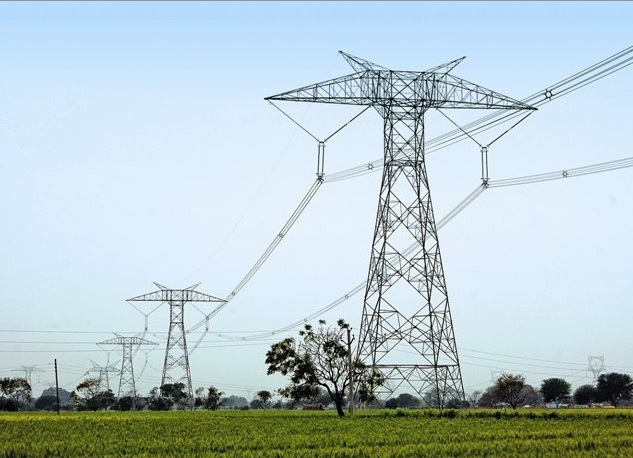The Power Transmission & Distribution Business of Larsen & Toubro has won a slew of orders in the international market.
In Nepal, the business has won an order to design, supply, installation and commission a crucial 220kV gas insulated substation along with associated works in connected substations. The package is part of the Power Transmission and Distribution Efficiency Enhancement Project being undertaken to reduce system overloads and losses in the valley.
In the Kingdom of Saudi Arabia, the business has received orders to establish certain transmission links in the existing 132kV network.
Larsen & Toubro made this disclosure to stock exchanges, without specifying the value of the contracts.
According to information independently available, Power Transmission and Distribution Efficiency Enhancement Project is a Nepal government-owned project, which is being funded by Asian Development Bank (ADB), a World Bank Group organisation.
ADB, in a project document, said that it will provide a loan to the Government of Nepal to meet the immediate needs of electricity distribution network in Kathmandu Valley and strengthening of associated transmission lines by the Nepal Electricity Authority (NEA). Major sections of the existing distribution network in the valley were constructed decades ago and despite significant increase in electricity demand and the number of consumers, minimal reinforcement of the distribution network has been carried out. The project will enhance the distribution capacity and improve reliability and quality of electric supply in the Kathmandu Valley by reducing distribution system overloads and technical and commercial losses, which currently is about 20 per cent
The project will also support implementation of other system efficiency upgrades and energy efficiency measures such as advanced grid operations software, distribution system automation, and smart metering. System efficiency improvements and loss reductions will improve NEA’s financial health, while customers will benefit from a reliable and improved quality of electricity supply and reduced dependence on diesel generators to meet their daily electricity needs. Operational upgrades will also facilitate integration of new generation capacity scheduled to come on-line during the next three to four years. The project can be replicated in other cities in the country.
(Featured photograph is for illustration only)



